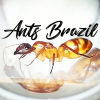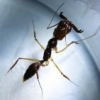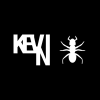Hello guys, I have 3 nests that are ready to use but I don't know if it's ok for the ants. I was thinking about testing them with wild ants, but I would like to know the opinions of you guys, if I should test them, and how to do it in the best way possible.
I was thinking about taking some workers and some brood and hold them in the nest for some time and see if they don't die, and if the brood develops.
Thanks.





















